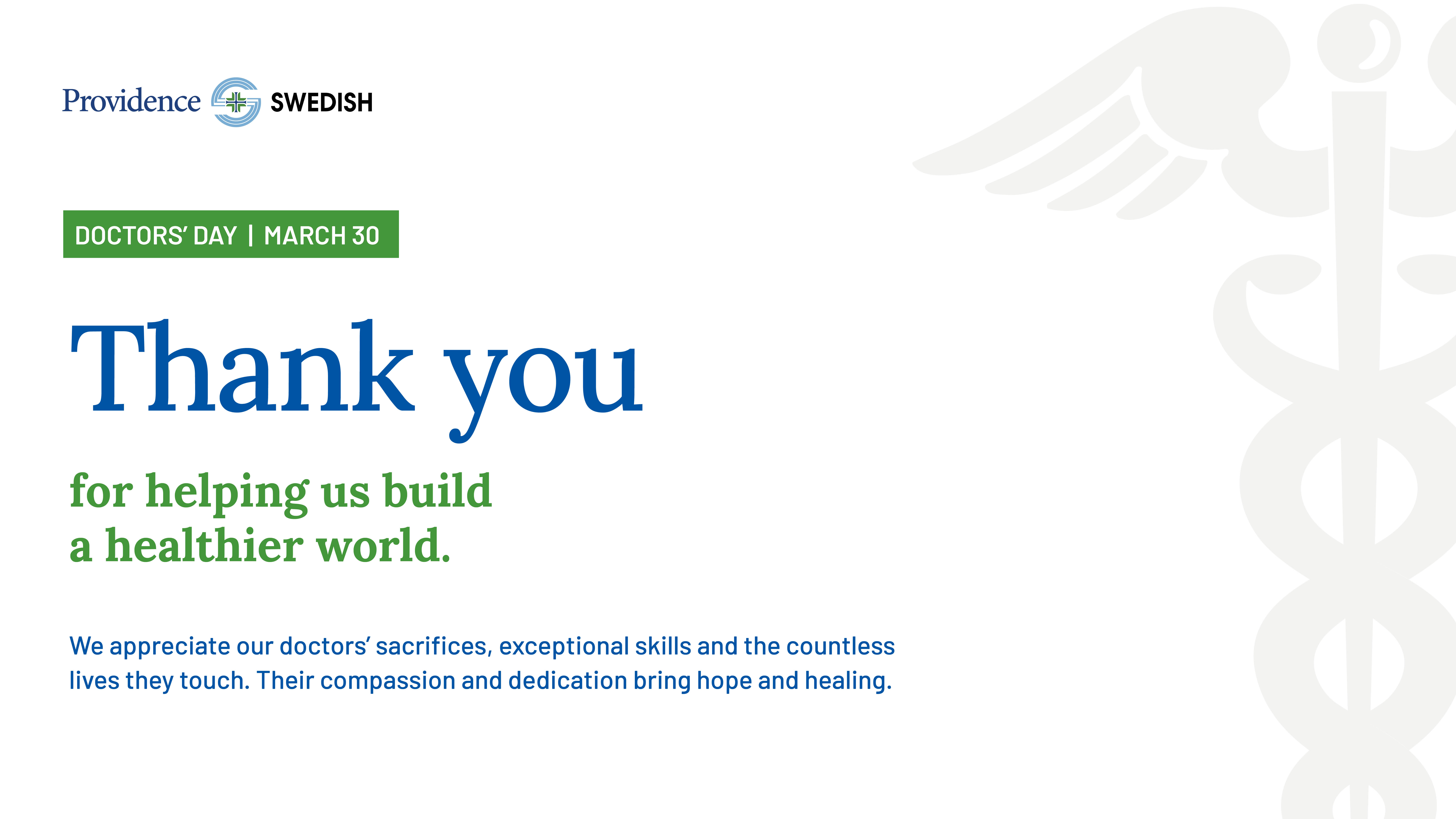Tick bite treatment: When to see a doctor

[5 MIN READ]
In this article:
-
Ticks are tiny arachnids that can attach themselves to a human host and potentially cause disease.
-
Although ticks are often found in woodsy areas, you can also find them in grasslands, parks and even urban areas.
-
When removing a tick, check to make sure you don’t break the body of the tick away from the embedded head and mouth pieces.
-
It’s time to see a doctor if you have a rash, fever or flu-like illness after a tick bite.
Tick bite treatment: What to do at home vs. when to see a doctor
Do you know what a deer tick looks like? If a tick is embedded in your skin, do you know how to get it out? If you’re an outdoorsy person who spends a lot of time in the woods or among tall grasses, you’re almost certain to pick up a tick every once in a while. And even if you’re more nature-averse, a tick may find an opportunity to hitchhike on your skin — and potentially transmit tick-borne diseases to you. Here’s a primer on how to handle the situation.
How to safely remove a tick
Ticks are small arachnids with eight legs that can be as small as a pinhead or as large as a pencil eraser. If you find a tick attached to your skin, you should remove it right away. Using fine pointed tweezers, grasp the tick as close to the skin as possible, and then with steady, even pressure, pull the tick away from the skin at a 90-degree angle relative to the skin surface (directly and squarely away).
“The sooner the tick is removed from the skin, the easier it is to remove,” says Robert Lichfield, D.O., a family medicine doctor for Providence in Spokane Valley, Washington. “Once they are embedded in the skin, it can take a surprising amount of careful steady tension to remove them, and the skin will often ‘tent’ considerably before the tick comes out.”
Lichfield cautions that during tick removal, you need to take care to avoid breaking the body of the tick away from the embedded head and mouthparts, as these parts of the tick could cause infection if they remain in the skin.
The Centers for Disease Control and Prevention (CDC) offers Tick Bite Bot, an interactive tool that can help you remove a tick and determine when to seek medical advice.
Treating a tick bite at home
Once you have removed the tick, wash the area thoroughly with soap and water or with rubbing alcohol. You may also want to use an over-the-counter antibiotic ointment such as Polysporin or Bacitracin to lower your risk of infection.
The most important part of treating a tick bite at home, says Dr. Lichfield, is watching for signs of infection. These include redness, swelling and pain around the site of the tick bite one to 30 days after removing the tick.
When to see a doctor for a tick bite
If you notice symptoms such as a rash, fever or a flu-like illness after a tick bite, you should seek treatment right away. You should also see a doctor if you aren’t able to completely remove the tick.
“One of the biggest concerns from a tick bite is whether you have Lyme disease,” says Dr. Lichfield. “The early signs of Lyme disease include flu-like symptoms such as fatigue, muscle aches, swollen lymph nodes and generalized joint pain. Another sign of Lyme disease is a very distinctive ‘target lesion’ that immediately surrounds the tick bite. This lesion looks like a red, expanding bullseye with a clear center and a red ring around it.”
If a tick has been embedded in your skin for more than 36 hours, it’s also a good idea to see a health care provider to make sure you aren’t infected.
Tick myths and facts
Over the years, a number of myths about tick bites have made the rounds. Here are a few of them:
Myth 1: Ticks only live in forests.
Fact: Ticks can also be found in grasslands, parks, gardens and even urban areas. They can survive wherever their hosts are.
Myth 2: Ticks die in winter.
Fact: Some ticks can survive cold weather by attaching themselves to a warm host. There are also some species of ticks that can survive and thrive in milder winter temperatures.
Myth 3: Once you are bitten by a tick, you are infected.
Fact: Not all ticks carry diseases. And even if a tick does carry a disease, it needs to be attached to the host for between three to 96 hours to cause an infection.
How to prevent tick bites in the future
To prevent tick bites, Dr. Lichfield recommends that you try to avoid heavy brush and tall grass areas between May and June. If you can’t steer clear of those types of areas, he says, wear a brimmed hat, tuck your shirt into your pants, and tuck your pants legs into your socks.
“Pre-treating your clothing with permethrin spray is very effective at killing ticks on contact,” he adds. “The effect even persists after washing the clothes multiple times! Even if you take all these measures, however, it’s still important to check yourself for ticks after you’re done with your adventure.”
Contributing caregivers

Robert Lichfield, D.O., is a family medicine doctor for Providence in Spokane Valley, Washington.
Find a doctor
If you are looking for a primary care provider, you can find one who’s right for you in our provider directory. Through Providence Express Care Virtual, you can access a full range of health care services.
Download the Providence app
It’s all in the app: easily stay connected with Providence and your health. With the Providence app, you can schedule appointments, have virtual visits from the comfort of your home, get personalized health recommendations, access your health records and so much more. Learn more and download the app.
Related resources
Insect bite guide: Spiders, ticks and fleas
It’s tick season: Protect yourself
6 tips to stop ticks this summer
This information is not intended as a substitute for professional medical care. Always follow your health care professional’s instructions.


